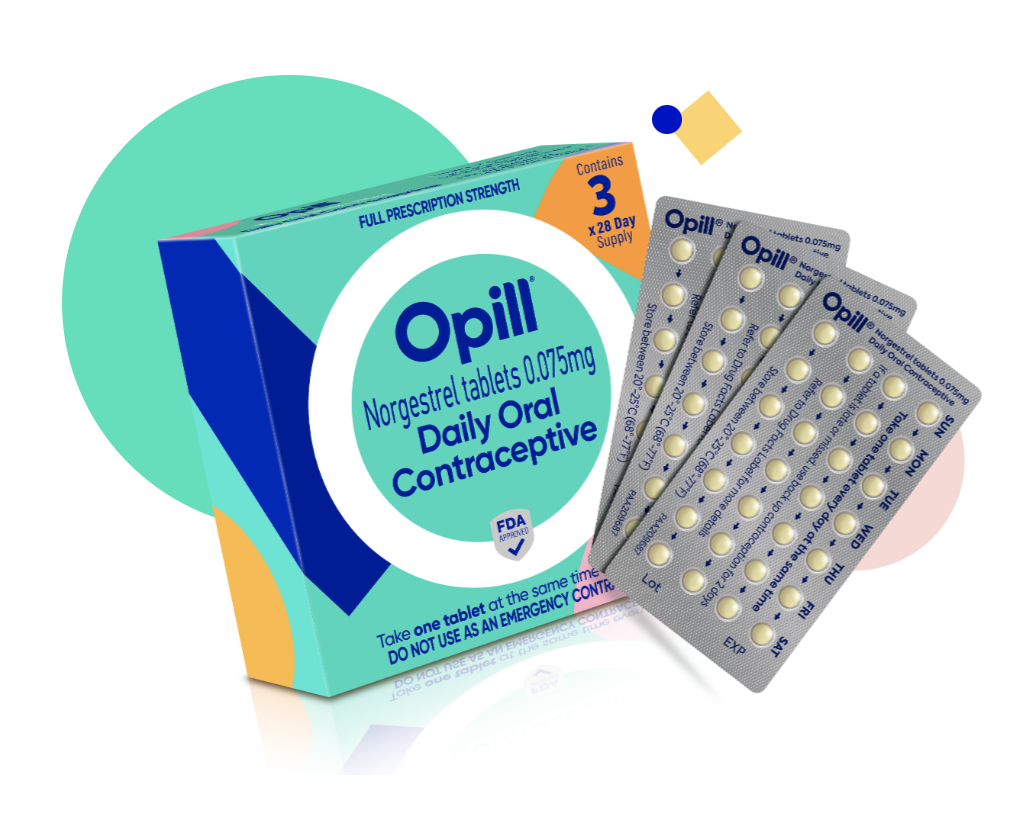
When you are considering fertility treatment or preservation, one of the most important things to evaluate is your employer’s fertility benefits. Here are a few factors to consider when evaluating the fertility benefits at your current or future company.
Cost of Fertility Treatment and Egg Freezing

The average cost of a single IVF cycle in the United States ranges from $15,000-30,000 out of pocket. The average cost of egg freezing is somewhat less (between $6,000-10,000) but carries with it the costs of long-term storage and later embryo creation. Since few Americans have this type of cash in reserve, it is critical to evaluate what insurance benefits may be available through your employer.
State Mandated Insurance Coverage of Fertility Treatment

As of 2022, in 20 states laws have been enacted to provide some degree of mandated fertility coverage. Fortunately this list is growing year after year. The difficult part about this coverage is that each state may define “fertility coverage” as they deem fit and may potentially exclude individuals based upon how long they have been trying to conceive, what types of treatment are covered, how many rounds of IVF are covered, and whether unmarried individuals or same sex couples are covered. With remote work, it is possible that your employer may be based in a more fertility friendly state than the one in which you live.
Resolve.org is a wonderful resource for everything fertility, however, I especially love their breakdown of state-by-state insurance mandates
What are your paid time off and medical leave policies?

Whatever fertility treatment you choose to pursue, it is important to remember that you will need to be present for several appointments over the course of your evaluation and treatment. While evaluation and low tech fertility treatment appointments may be less frequent, a typical patient going through egg freezing or IVF will have 6-10 morning monitoring appointments over a two week period in addition to a minor surgery for egg retrieval. While these appointments can typically be worked into a work schedule in an urban area, if you need to travel for treatment or work early hours you may want to take your employer’s PTO and medical leave benefits into account.
Insurance for Medical Coverage and Prescriptions
There are two main types of coverage to consider when it comes to fertility treatment: medical and Rx (prescription). Medical coverage typically covers things like office visits, blood work, and ultrasounds. Rx coverage typically covers the cost of medications used during treatment, such as fertility drugs or in-vitro fertilization (IVF). Since IVF medications are mostly injectables, medication costs out of pocket are typically around $2,000-$6,000.
Limitations and Exclusions on Insurance Coverage for Fertility

Most insurance plans come with some sort of limitation on fertility coverage. This may be expressed as a dollar amount (such as $35,000) or a number of cycles (such as 3 IVF cycles). Be sure to ask about any limitations on your company’s fertility benefits so you can plan accordingly.
It is also critical to find out what is not covered by your company’s fertility benefits. As noted above, some plans will not cover elective fertility preservation or fertility treatment for same-sex couples (fortunately more are starting to). Most plans also will not provide benefits to anyone who has had elective sterilization such as vasectomy or tubal ligation. Finally, small portions of fertility treatment may not be covered by your benefit plans–things like genetic testing of embryos, storage, among other things, so it is important to ask about any exclusions so you can plan for them financially .
Get to Know the Insurance Claims Process

While decidedly un-fun, be sure to learn as much as you can about the claims process for your company’s fertility benefits. Find out how you need to submit claims and what documentation is required. This will help ensure that you get the full benefit of your coverage and will help you save money in the long-run.
Consider All of the Options on the Table

I always encourage patients to look into all insurance options, particularly at the end of the year and when open enrollment times are happening. It is possible that one insurance plan offered by your company may provide greater benefits than another. Alternatively, it may be possible that switching to your partner’s insurance may be more beneficial.
Consider Part Time Employment

While not ideal, there are a number of national employers that provide outstanding fertility benefits (often including fertility preservation). There is an entire Facebook community dedicated to women who have worked at Starbucks to fund their fertility journey (Starbucks IVF Warriors). Another new options I have had patients have success with is working for Tractor Supply Company, who offers full benefits with only 10 hours per week of work.
Certainly the American healthcare system leaves a lot to be desired in regards to containing and covering costs of medical care, particularly fertility care. Well I cannot change the system in which we live I hope that the above tips give you some guidance as to how to start this exciting yet sometimes frustrating portion of your fertility journey

MY NAME IS NATALIE STENTZ. I AM A BOARD-CERTIFIED OB-GYN AND FERTILITY SPECIALIST. I BELIEVE THAT WOMEN’S HEALTH MATTERS AND THAT OPTIMAL HEALTH STARTS AT HOME WITH SMALL CHANGES APPLIED OVER A LIFETIME.







Read the Comments +